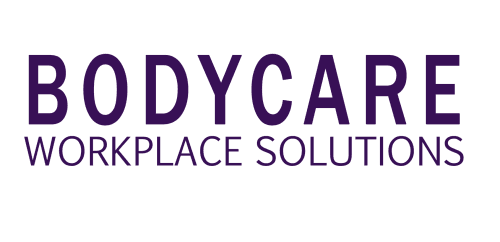Tips To Control Dust In The Workplace

An unhealthy environment created by the presence of excess dust in the workplace poses a hazard to employees. Dust exposure has the potential to lower productivity and safety for workers as well as being a dangerous respiratory irritant which is why it is important to find ways to control the dust and protect your employees.
Finding ways to manage any dust exposure is important to protect your workplace and create a healthy and hazard-free environment for employees. We’ve added our top tips below.
Causes of dust in the workplace
The main causes of dust are often basic construction processes. These include drilling, grinding, abrasive blasting, stone cutting, breaking and cutting concrete; with the latter able to produce up to fifteen kilograms of dust in one hour.
And while worksite dust is commonly associated with the construction and mining industries, excess dust can also be ever present in a multitude of workplace settings. These include manufacturing plants where particles are generated at scale, in hospitality roles that might involve airborne flour, as part of woodworking that creates organic dust and in a number of other sectors.
What are the risks to workers?
Exposure to dust can cause irritation to the eyes, skin and respiratory tract, causing dry or watery eyes, dermatitis, discomfort in the nose and throat, and breathing problems. Prolonged exposure can lead to a range of serious lung diseases including silicosis, coal workers’ pneumoconiosis (CWP), chronic obstructive pulmonary disease (COPD) and lung cancer.
The dusty environments that put workers at risk of developing this range of respiratory illnesses are even more harmful where the dust particles are finer. As opposed to larger dust particles, the smaller particles more easily evade the body’s natural defences to make their way into the bloodstream or to settle in the lungs. Over time, inhalation of both large and small dust particles carry risk of impacting quality of life, and potential fatality due to complications with lung disease.
What can be done to reduce dust in the workplace?
Try these tips for a less dusty workplace:
- See if the task can be carried out in a way that doesn’t generate dust:
Seek alternative ways of performing a task or role that minimises creating and dispersing dust particles in the air, for example, undertaking a task more slowly or with less force.
- If creating dust cannot be avoided, apply adequate dust control measures such as:
-
- Using dust removal tools and vacuums such as on-tool extraction and local exhaust ventilation systems which syphon off waste particles at the source;
- Spraying cutting surfaces down with water or using water suppression to help damp down clouds of dust;
- Using direct fastening systems such as a powder-actuated fastening tool (including nail guns and concrete fasteners) which are driven by explosive force to propel the fastening device in a more controlled, dust-free way;
- Making sure the right tools are being used for the job and that they match the material they are working on, to help minimise unnecessary dust.
- Upskill staff so they are aware of the dangers:
It is important that staff are educated so that they are better equipped to manage worksite dust and the associated hazards.
- Ensure adequate ventilation in the workplace:
The process of ventilating the work space involves bringing in fresh air from outside and removing indoor air, which may contain pollutants and impurities such as dust particles.
- Wear personal protection equipment:
This includes safety glasses, gloves, earmuffs and respiratory masks to minimise workers’ direct exposure and inhalation of dust in the environment.
- Clean the workplace at regular intervals:
A clean workplace ensures project efficiency through creating more comfort and better protection for workers. Cleaning at regular intervals also means that less working time can be spent cleaning up the worksite if the clean-up becomes less manageable.
- Avoid kicking up or disturbing dust:
Any additional care taken to minimise the volume of dust released into the atmosphere will help to ensure worker health and safety and a cleaner work site.
As well as providing more comfort, better protection and increased safety for workers, the reduction or removal of dust in the workplace can increase the lifetime of power tools, lower repairs and maintenance costs and promote productivity.
Bodycare provides health surveillance testing which includes monitoring for dust exposure, so that your workplace can effectively implement any required measures to control dust. Simply contact Bodycare for any further information on how to best protect your employees from dust exposure.


